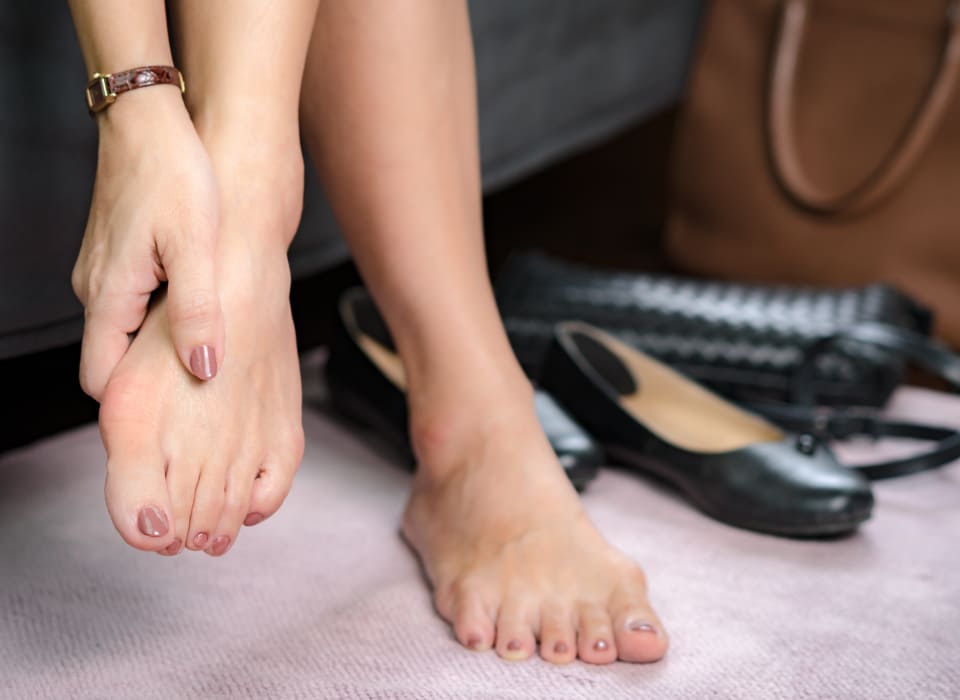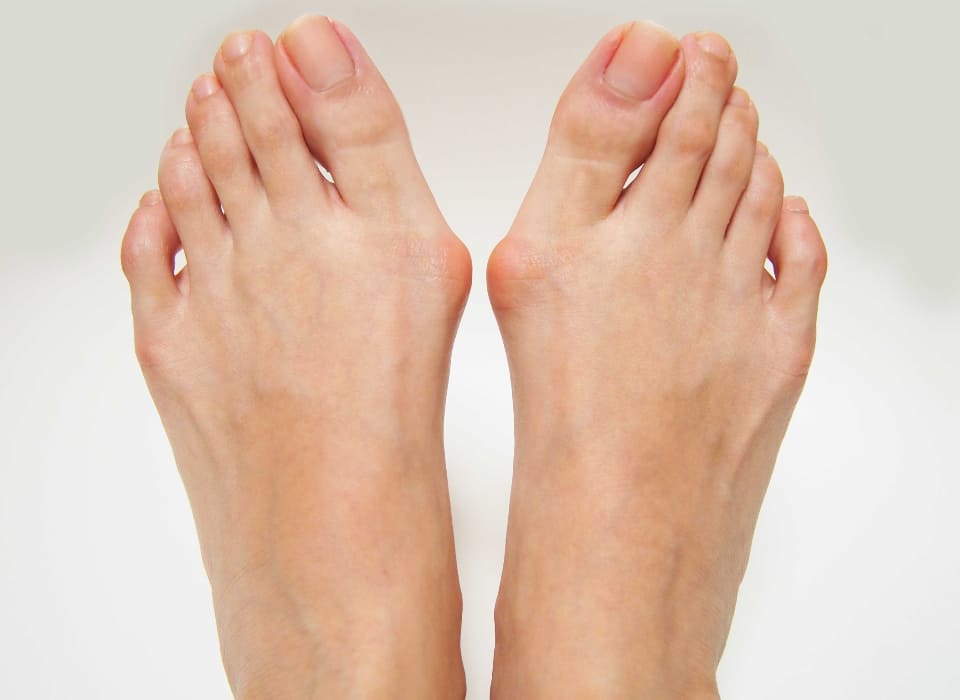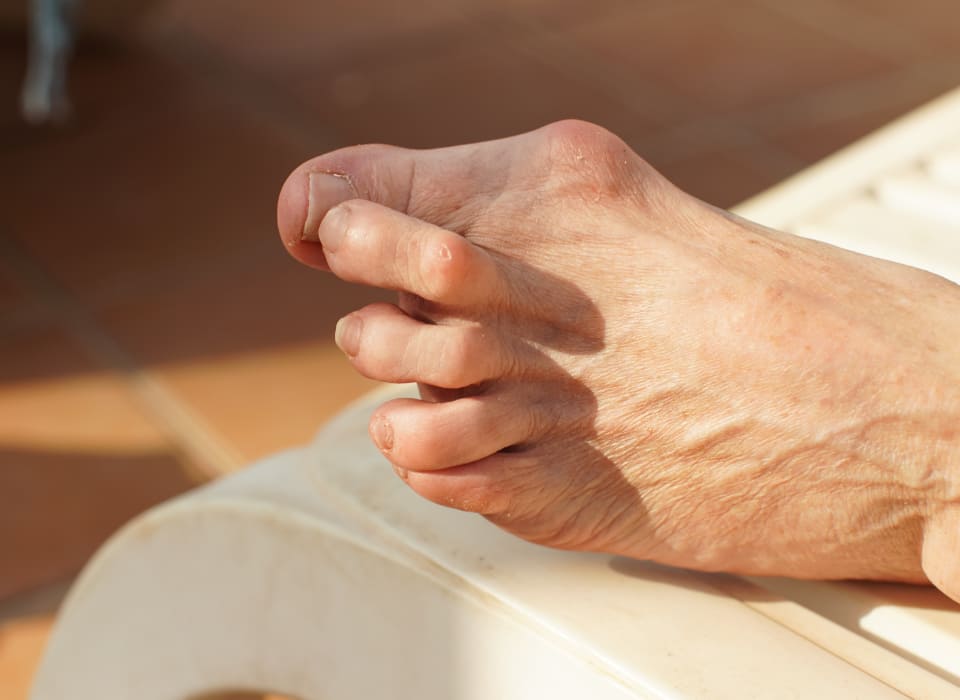Bunion surgery Perth
What are bunions and how are they treated?
A bunion is a bump made of bone that appears on the inside of the joint where your big toe meets your foot. It develops when your big toe starts leaning into your second toe, which makes the joint grow larger and protrude. You can read more about bunions and other foot deformities on my website.
Over the past century, over 100 different procedures have been developed to address this condition. The most popular type of bunion surgery is called an osteotomy, which means we cut and realign the bone to straighten your big toe.
There are multiple types of osteotomy and some foot surgeons prefer keyhole and others stick to open surgery. Here at The Foot & Ankle Centre in Perth, our foot specialist prefers the classic approach (open surgery) simply because the evidence is not there that keyhole is better.
“In open surgery, we make 1 cut of about 5 cm whereas in keyhole surgery you’ll have 4 little cuts. From an aesthetic point of view, you can argue which one is better but the bottom line is that open surgery allows us to see the operative area clearly, making sure we can make precise corrections. This complete access also makes it easier to perform complex corrections.”

Open bunion surgery has been around for a long time with a history of successful outcomes. There is lots of research that shows it’s effective and safe.
Bunion surgery recovery
Open bunion surgery procedure and recovery
For your bunion surgery, we make sure you’re as comfortable and pain-free as possible by using a general anaesthetic, which means you’ll be asleep during the procedure. We also use an ankle anaesthetic block, which helps manage pain in your foot after you wake up.
“In bunion surgery, we usually cut the first metatarsal bone and trim down the bumpy part of the big toe joint. After cutting the bone, we line it up nicely and secure it with screws or a similar device to keep everything in place. These screws are generally meant to stay in your foot, but we can remove them once your bone is all healed up.”

Strong painkillers are typically needed only for the first 3-7 days, after which paracetamol is usually sufficient.
Most patients stay at the hospital for one night. This allows us to closely monitor your initial recovery. If you prefer to head home on the same day, we can make that happen, depending on your home setup and health needs. But if you’re living alone without any support we will advise you to stay the night.
Bunion surgery recovery
| Big operation: | Routine surgery |
| Nights in hospital: | 1 |
| Elevation regimen: | Elevating the foot above heart level ("toes above the nose") is recommended to help decrease swelling and pain, and minimise wound healing issues. |
| Walking allowed immediately: | You can walk full weight-bearing in a stiff-soled surgical shoe from the day of surgery. |
| Crutches: | Crutches may be needed for the first 5-10 days for comfort and balance, but can be discarded earlier if you feel able. |
| Transition to supportive footwear: | After 2-3 weeks, as swelling decreases and comfort allows, you can start wearing shoes with a firm supportive sole that does not push the big toe towards your little toes. |
What are potential complications?
As with any surgery, bunion surgery comes with its set of risks, though complications are rare. Potential issues can include infection, nerve damage, pain at the site of the screw or metal implant, and the possibility that the bunion might come back over time. Additionally, there might be some stiffness in the big toe or difficulty in achieving perfect alignment. During consultation, we will discuss these risks so you fully understand the benefits and potential risks of the procedure.
Foot surgeon Perth
Why The Foot & Ankle Centre?
At the Foot & Ankle Centre, we specialise in foot surgery, with a particular focus on bunion surgery. From your first consultation through recovery, we provide comprehensive support.
“For more than 25 years, we’ve been all about foot and ankle surgery at The Foot & Ankle Centre here in Perth. We’ve helped top athletes from AFL, NSL, and more. But most importantly, our commitment is to all Western Australians. We get what you’re going through and are really keen on helping you enjoy life to the fullest.”

You are welcome to make an appointment at The Foot & Ankle Centre. We try to see patients as quickly as possible.


